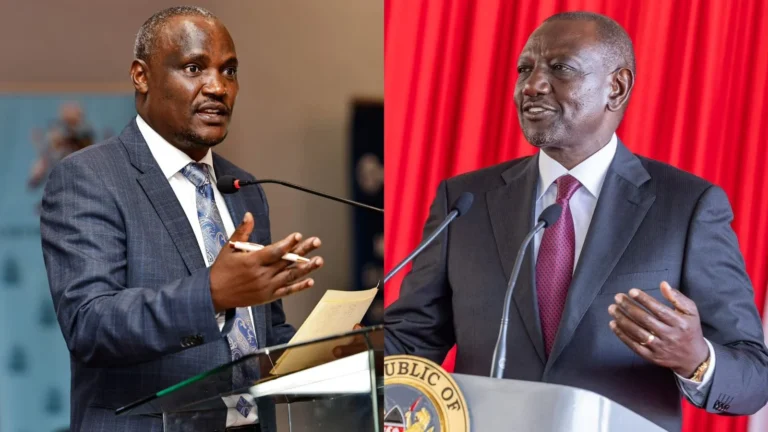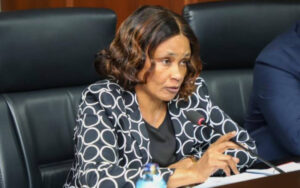Kenya’s education sector is once again grappling with internal contradictions after conflicting statements emerged from the Treasury, Education Ministry, and State House regarding the fate of Junior School intern teachers. The mixed messaging has intensified anxiety among the 20,000 interns currently serving under uncertain terms and sparked new questions about fiscal planning and policy coordination.
Just weeks before President William Ruto’s announcement, Treasury Cabinet Secretary John Mbadi told Parliament that funding had already been set aside to confirm all interns to permanent and pensionable (PnP) terms by January 2026. His statement was widely interpreted as a concrete commitment to addressing the precarious state of Junior School staffing.
However, Education CS Julius Ogamba issued a conflicting position before MPs. He warned that unless Treasury releases more funds, the ministry may be forced to extend internship contracts beyond 2025. The sharp divergence between the two ministries left interns confused and raised concerns about whether the government had an actionable plan.
President Ruto added yet another dimension when he declared that all interns must serve a full two-year term before confirmation—a position that directly contradicts earlier statements and exposes gaps in inter-agency coordination.
The mixed messaging reflects a government struggling to align policy priorities while dealing with severe staffing shortages under the Competency-Based Education (CBE) system. For critics, the confusion undermines the credibility of the administration and threatens the stability of CBE’s implementation.
Teachers’ unions and education analysts warn that such contradictions weaken confidence in the government’s staffing strategy, especially at a time when Junior School faces a teacher deficit of 72,000 educators.
The Treasury insists funds are available. The Education Ministry says they are insufficient. The President insists recruitment will continue but within a strict two-year framework. Caught in between are teachers, learners, and institutions that depend on clarity for proper planning.
As teacher associations prepare fresh legal battles and lawmakers demand accountability, the government faces increasing pressure to harmonise its internal communication, establish a unified roadmap, and ensure financial discipline in meeting CBE’s staffing needs.
Until ministries speak with one voice, the crisis around teacher recruitment is likely to intensify—placing Kenya’s education reforms at risk.






